Diegetic- Third person
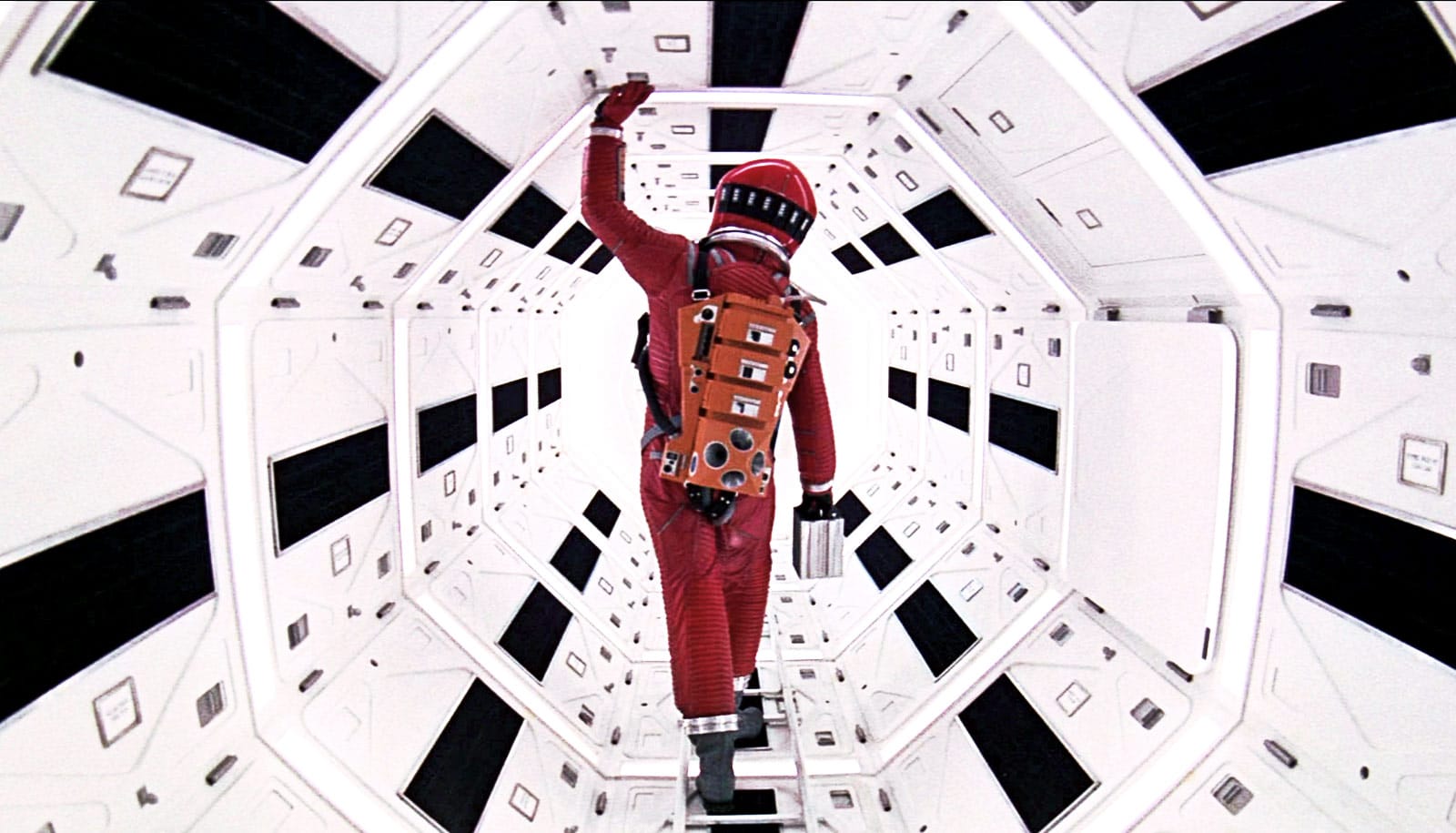
intra-diegetic- First person

Extra-diegetic- Second person
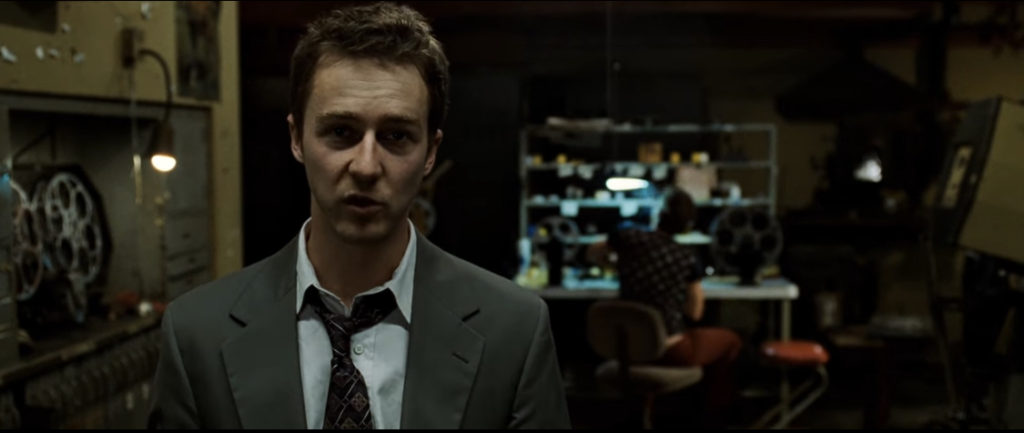
Diegetic- Third person

intra-diegetic- First person

Extra-diegetic- Second person

High Angle:
A high angle shot is used to diminish/belittle or show who or what is being faced/challenged with a higher power. A good example of this shot being used is in The Avengers(2012,Joss Whedon), at the start of the final fight scene of the movie where aliens are invading New York City under the influence of Loki the avengers are faced with an army much greater than theirs so they take a minute to prepare and comprehend the task which is being asked of them, to protect. Meanwhile the camera angle is looking down upon the 6 which indicates to the viewer that the invaders are much more powerful than them and they are overwhelmed.

Dutch Angle:
The Dutch or canted angle is used to show a sense of unease, it shows something is off in the scene. It can also be used to emphasise a sense of speed, so in a running scene, a car chase scene e.g. In the Action movie Free Guy(2021, Shawn Levy) the dutch angle is used very well in a scene where the protagonist ‘Guy’ breaks the games programming by simply asking for a different coffee than the one every NPC in the game is programmed to ask for, so the camera zooms in on the barista as she tries to correct him and ask what Guy is asking for, Using the dutch angle in this scene emphasises the barista’s sense of turmoil and indicates to the viewer that Guy is the only NPC like him.
Free Guy(2021, Levy)
Low Angle:
A low angle shot, the opposite of a high angle shot, is quite similar to a high angle shot in the sense that a low angle is used to show what characters are in power, for example in the well performing box office film The Avengers(2012, Joss Whedon) a low angle shot is used to display the six avengers have overpowered the antagonist ‘Loki’ and his army he came to invade NYC with. Furthermore, the shot shows an intra-diegetic view of Loki’s perspective of the six, by doing this it communicates the idea that the avengers are no longer asking him to surrender but are forcing him to.
The Avengers(2012, Whedon)
Give an examples of where at least 3 of these shots were used in a film that you watched and explain the effect on you as a viewer.
Eye Level shot–
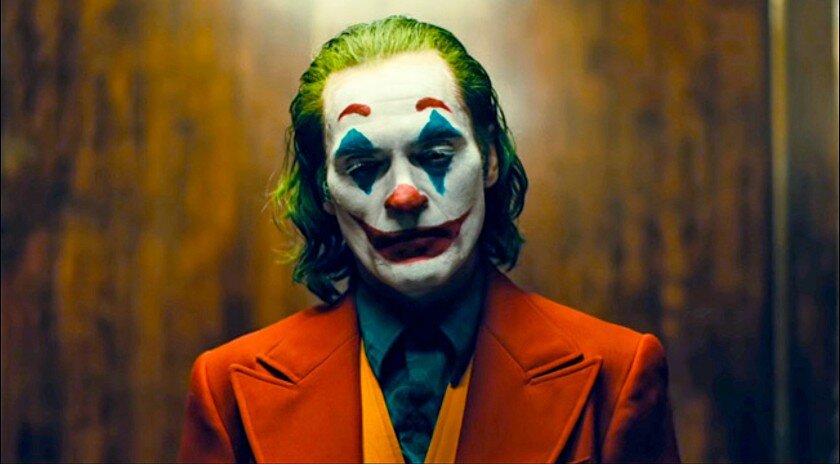
The shoulder level shot-

Low angle shot-
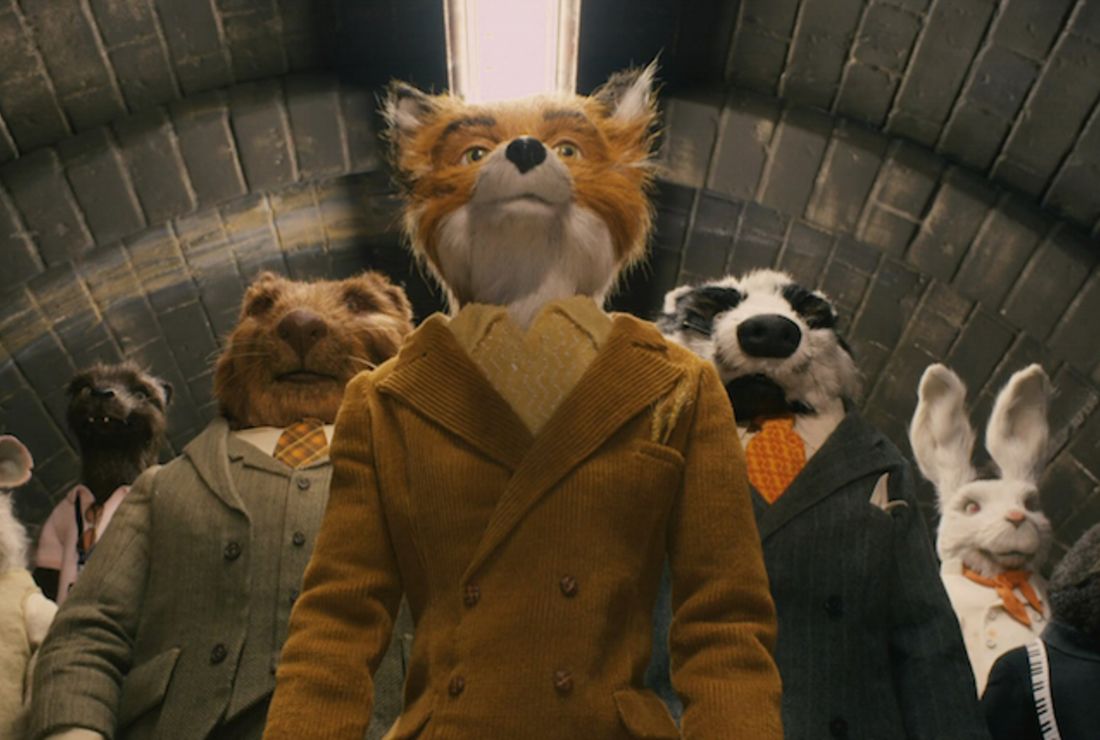
high angle shot
Using a high angle shot on a character can make the character seem vulnerable and weak as the audience is looking down at the character and they are looking up.
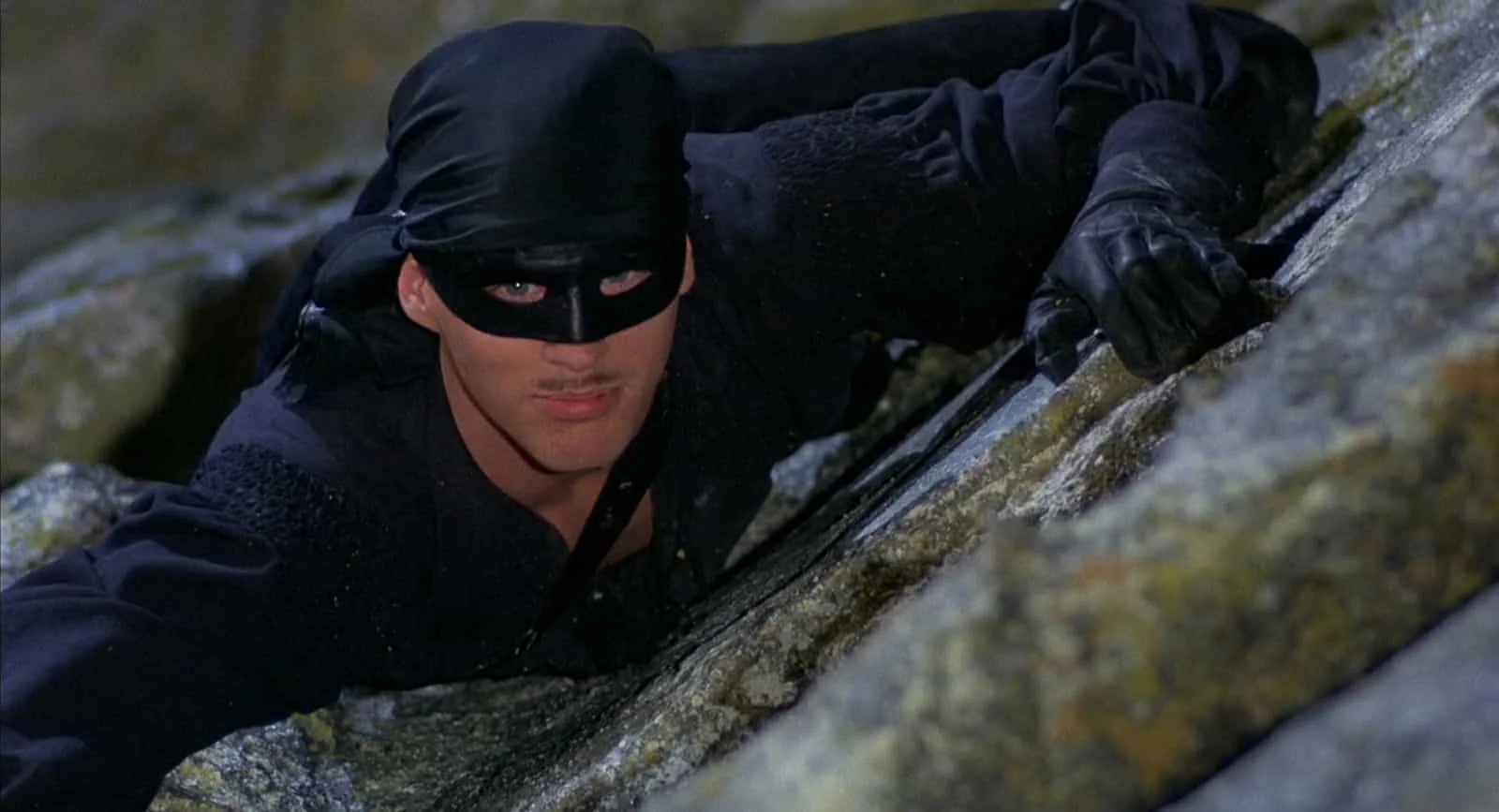
low angle shot
Using a low angle shot on a character or characters can make them seem more powerful and strong because the audience has to physically look up to the characters, this is an opposite shot to the low angle shot and they have opposite effects on the audience.

birds eye view
This is an angle from directly above the characters and can show the entire background, This angle can also make the characters look small and insignificant
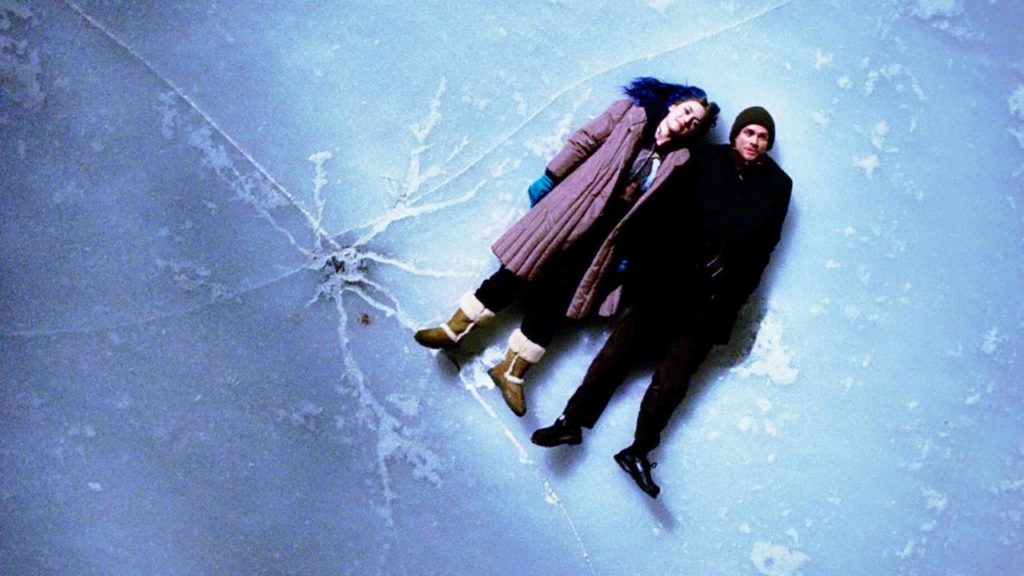
worms eye view
this angle is positioned below a character and makes the audience have too look up to the characters, this is similar to the low shot but more extreme, this angle can make the character look strong and powerful.

dutch tilt
This angle in a film can be a bit disorientating and can make the audience feel as if something isnt right, this angle is made by positioning the camera on a tilt instead of straight.
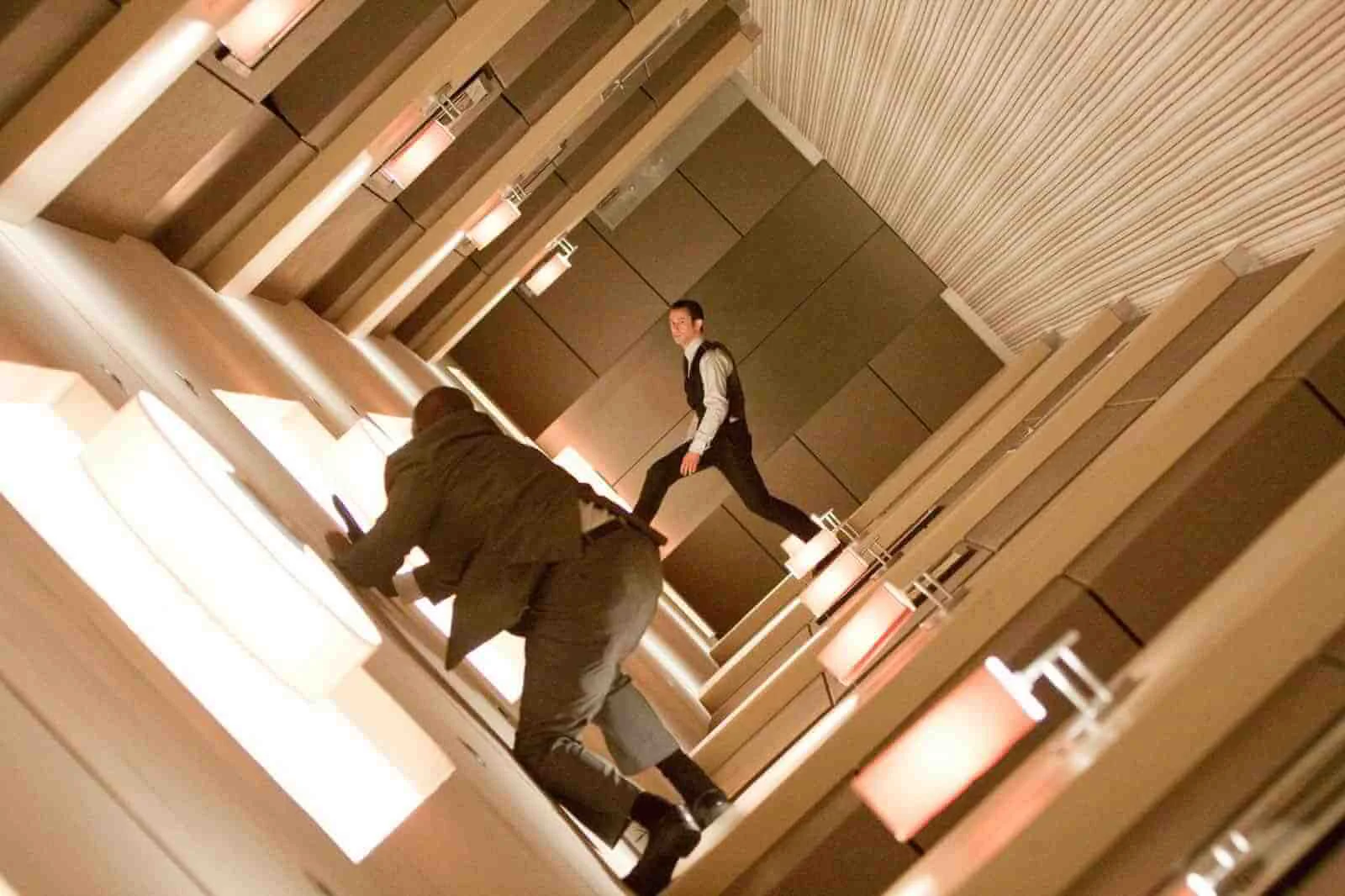
diegetic perspective (third person) – audience see whats being emphasised in a scene ie props, characters, proxemics in relation to a setting and how these aspects set a mood for a scene.
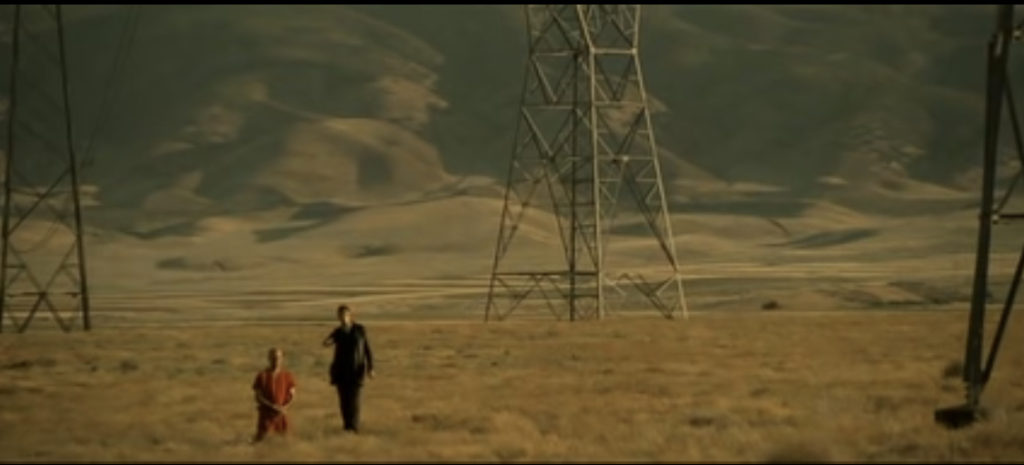


intra diegetic perspective examples in film (first person) – the audience is put into perspective of a character or object so they feel like they’re part of the action. point of view shot, subjective camera.

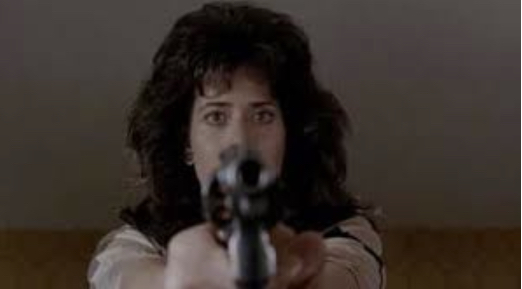
extra diegetic perspective examples in film (second person) – the actor is looking down the camera to speak directly to an audience therefore breaking the fourth wall
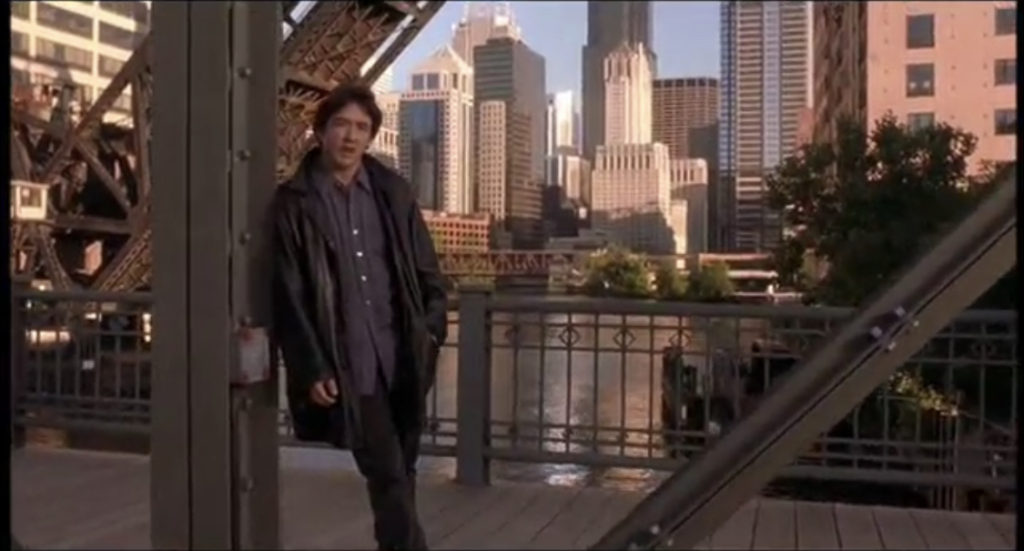


Communicators – They are able to communicate and understand different ideas.
Reflective – They look over their work, reflecting in order to improve if possible.
Risk takers – They step out their comfort zone and create something new to them.
Open-minded – They take in all different perspectives and they’re open to different ideas.
Knowledgeable – They understand the subject of what they are filming and how to film it the way they want.
Principled – They always have good intentions.
Caring – Do not promote anything dangerous or offensive.
Thinkers – Usually come up with original and creative ideas.
Inquirers – They make the audience question topics.
Balanced – They have a balanced mind. They don’t focus on just one topic at a time, always thinking about the whole production.
Performance art– a time-based art form that typically features a live presentation to an audience or to onlookers (as on a street).

Representational arts – depend on the established codes and conventions of language such as paintings or poems. For example the Mona Lisa.

The Recording Arts: Provides a direct path between the subject and the observer but are more direct than representational arts such as music and film.

FILM– BLADERUNNER (SCOTT 1982)
PREFERENCE– 4/10, The reason I’m giving Bladerunner a considerably low score as I found it hard to follow in story, some factors of were made too complicated and lost my interest. Although I really enjoyed the cinematography and mise-en-scene of the film, the long shots of the world they created.
MEMORABLE SCENE-
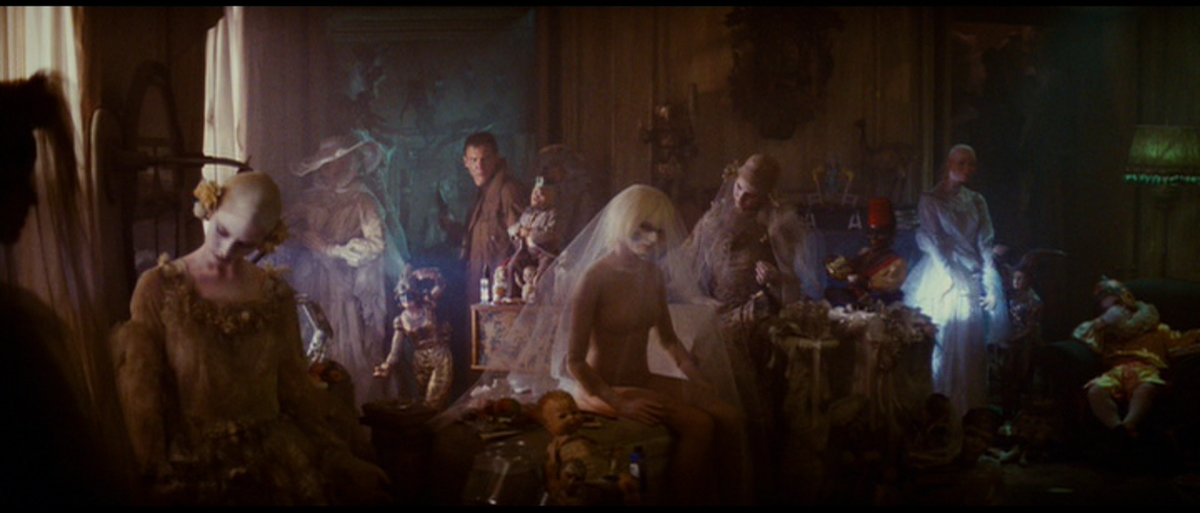
FILM ELEMENT FOCUS- mise-en-scene
cinematography
noun:
the art of photography and camerawork in film-making.
“home movie footage with superb cinematography”
(source – google dictionary (in association with Oxford Languages))
cinematographer
noun:
a person who oversees or directs photography and camerawork in film-making, especially one who operates the camera.
“the film has been shot by an award-winning cinematographer”
(source – google dictionary (in association with Oxford Languages)
Deciding whether a film is good or not is subjectable. Depending on the film genre an enjoyable film will have a suspenseful, twist and exciting plot to immerse the audience into the world and story created. Yet to create a film directors use the four basic components that are usually involved to make a film “good”. The four main components are editing, mise-en-scene, cinematography and sound, these 4 micro elements tie film production together.
The use of editing in film is to create the general idea behind the film. Editing in narrative film, is the coordination of one shot with another in order to create an artistically pleasing, meaningful whole. The
system of editing in narrative film is called continuity editing – its purpose is to create efficient, functional transitions. The editing of a film is a key feature as the transitions between shots need to be clean and sensible, following the plot of the film. Not having a good understanding of editing can make transitions choppy, making the storyline hard to understand and follow, allowing for the audience to become uninterested or bored.
Mise-en- scene is a term used to describe the setting of a scene in a play or a film. The mise en scène is a catch-all for everything that contributes to the visual “look” of a production, it means “placing on stage.” Mise-en-scene creates the look and feel of the film really piecing together the world they’ve created. It’s a brilliant way for directors to go into detail with their scene design, getting it absolutely perfect. Without mise-en-scene, films would have no personality, as every film is designed in many different ways.
Cinematography involves such techniques as the general composition of a scene; the lighting of the set or location; the choice of cameras, lenses, filters, and film
stock; the camera angle and movements; and the integration of any special effects. These components create mood and the atmosphere of a film, without it the world wouldn’t be believable, more dull and boring. Using cinematography to tell the audience how a character is feeling instead of using dialogue is a extremely effective feature as constantly using dialogue gets repetitive.
Sound is another important factor in creating the atmosphere in film. It’s a great way to make a scene tense and suspenseful in a simple and effective way. Sound in a movie includes music, dialogue, sound effects, ambient noise, and/or background noise and soundtracks. Some sort of sound is always used to enhance the movie experience.
Theses are other elements to creating a “good film” but not used as much as the four main components.
● Theme- The central idea of the film, what is the film about? The theme of the story. A specific and distinctive quality, characteristic. Or a melodic subject of a musical
composition or movement.
● Genre- Genre is the category a film is placed in regarding the narrative elements.
Film genres are important for screenwriters and film audiences because they establish a tonal expectation. Some basic movie genres include: Action: Movies in the action genre are fast-paced and include a lot of action like fight scenes, chase scenes, and slow-motion shots.
● Message or Value- A way of thinking or instruction about how to behave that the film communicates to the audience. How are we told to think about the themes? relative worth, or importance of something.
● Representation- This is the way a media text is put together. In a film this includes the editing and choice of camera angles.
● Narrative- Narrating tells a fictional or fictionalized story, event or narrative. The main features of a narrative film are story, plot, character, diegetic and non-diegetic elements, time, space, and narrative perspectives.
● Style- Style is the way a movie is filmed, as in the techniques that are used in the production process.
● Authorship- The idea was that a film is most valuable when it is the product of the director, and his personal style. The influences of the director can be seen through all of his works, often at times exhibiting aspects of their personal life portrayed throughout each film.
Looking at all of these different elements to create film shows a balance to what directors and filmmakers should be interpreting into their film. Yet with this not all directors who add all of these elements into their film, create “good” films, it’s how they use them, maybe not even using all of them.